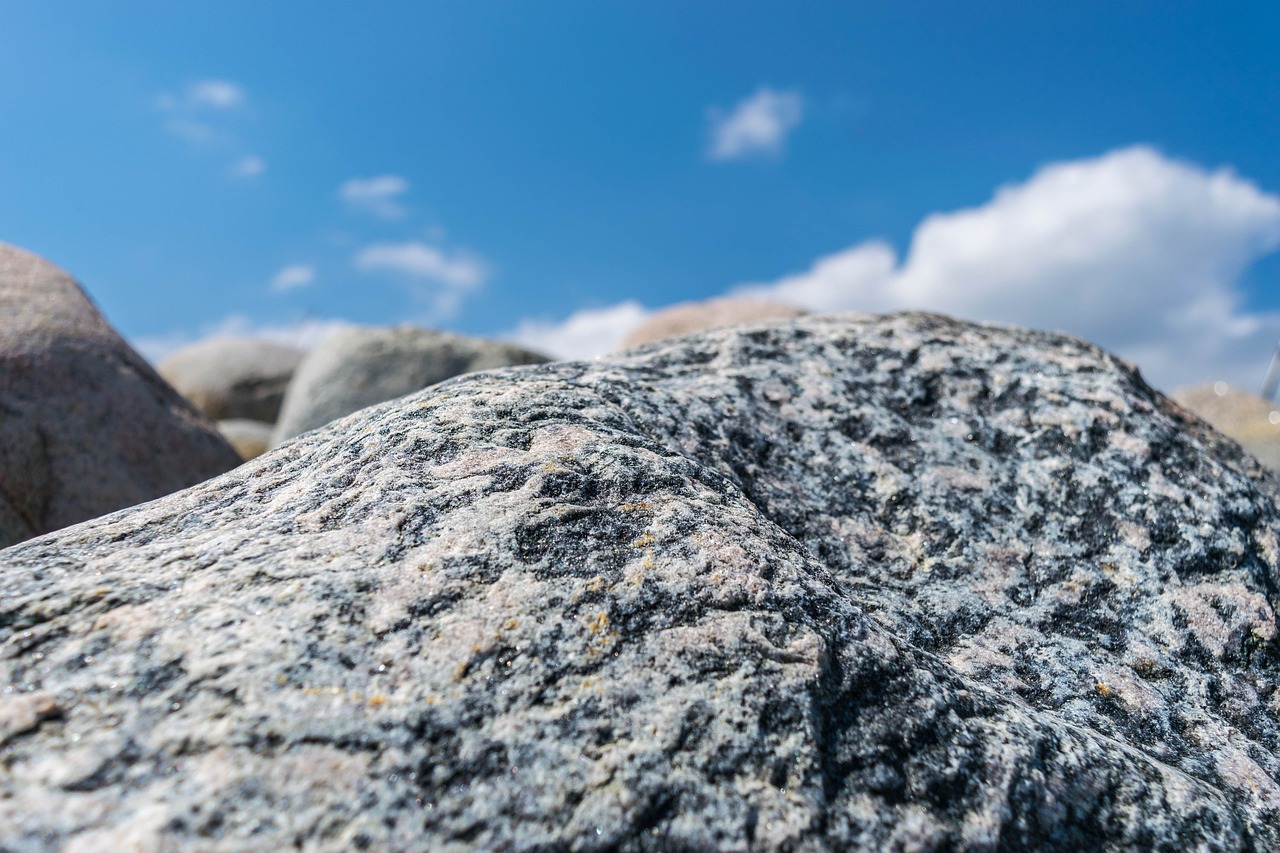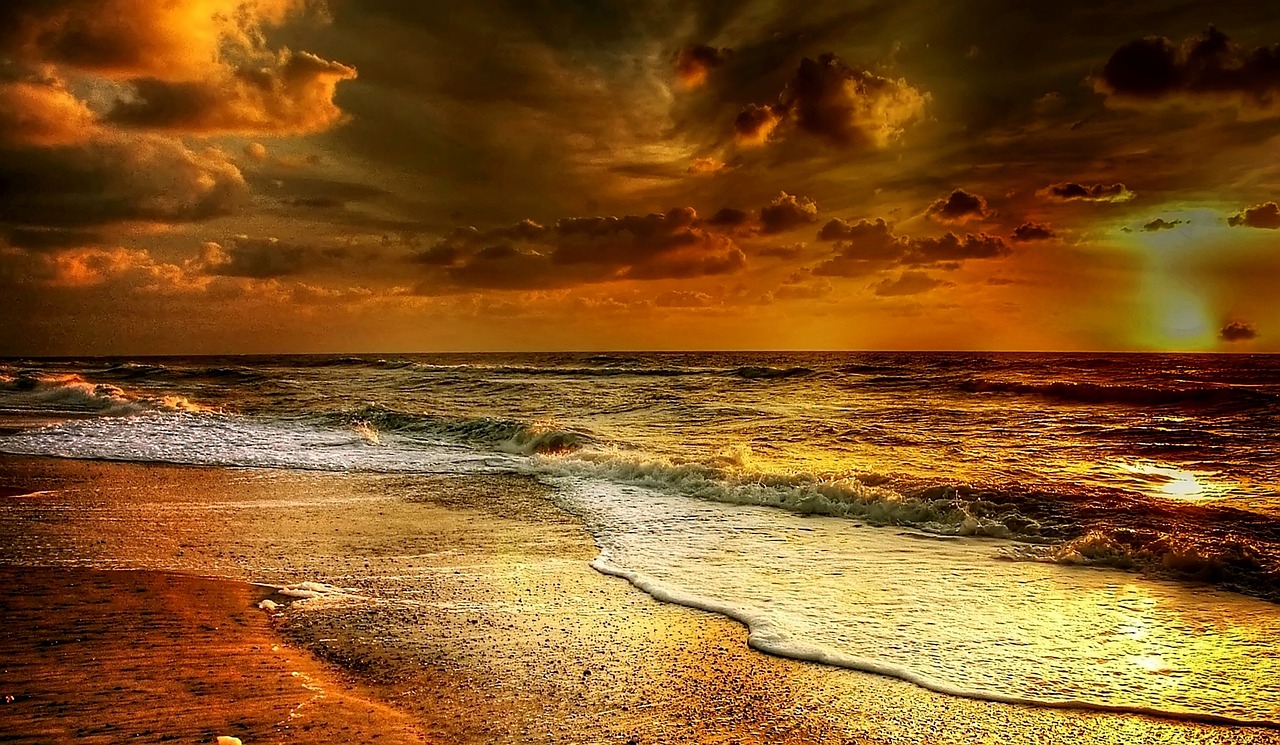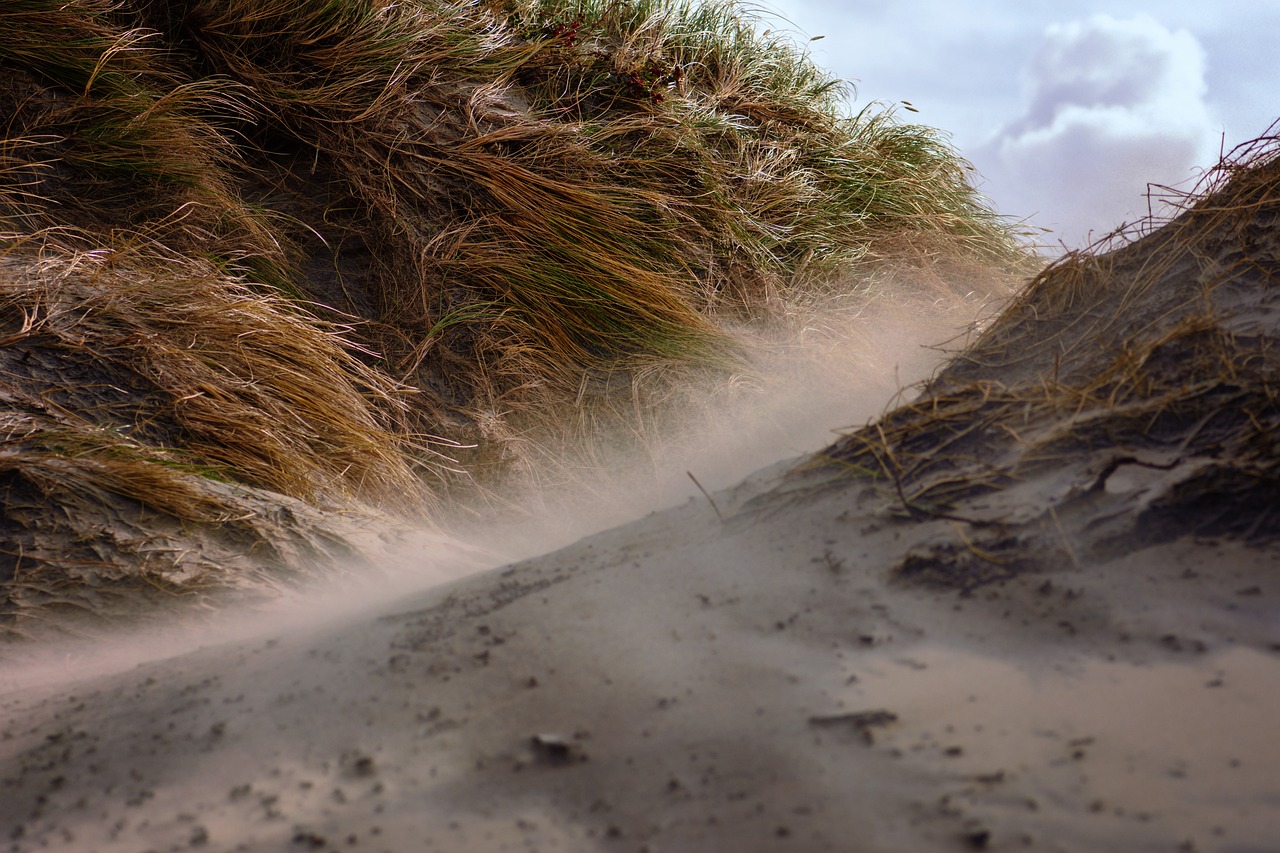Denmark Video
Weathering Denmark: Seasonal Changes and What to Expect
Denmark, located in Northern Europe, experiences distinct seasonal changes throughout the year. Its climate is classified as temperate oceanic, with mild summers and cool winters. The country is known for its beautiful landscapes, including coastal areas, forests, and rolling hills. In this article, we will explore the seasonal changes in Denmark and what you can expect during each season.
Spring
Spring in Denmark starts in March and continues until May. During this season, the weather gradually becomes milder, and the days start getting longer. The average temperature ranges from 5°C (41°F) to 15°C (59°F). Here are some key features of spring in Denmark:
- Blossoming nature: Spring in Denmark is characterized by the blooming of flowers and trees, creating a vibrant and colorful landscape.
- Outdoor activities: With the arrival of spring, outdoor activities become more popular. People enjoy cycling, hiking, and picnicking in the pleasant weather.
- Easter traditions: Easter is an important holiday in Denmark, and various traditions are observed during this time. One popular tradition is the decoration of Easter eggs.
The countryside is adorned with cherry blossoms, daffodils, and tulips, making it a perfect time for nature lovers to explore Denmark’s parks and gardens.
You can rent a bike and explore the picturesque countryside or take a leisurely stroll along the beautiful Danish coastline.
Children also participate in egg hunts, where they search for hidden eggs in gardens or parks.
Summer
Summer in Denmark spans from June to August and is the warmest season of the year. The average temperature ranges from 15°C (59°F) to 25°C (77°F). Here are some highlights of summer in Denmark:
- Long days: Denmark experiences long daylight hours during summer, with the sun setting late in the evening. This allows for more time to explore and enjoy outdoor activities.
- Festivals and events: Summer is the season for various festivals and events in Denmark. The Roskilde Festival, held in June, is one of the largest music festivals in Northern Europe.
- Coastal attractions: Denmark is renowned for its beautiful coastline, and summer is the perfect time to explore it. The sandy beaches and clear waters attract both locals and tourists.
It is common to see people relaxing at the beach, swimming in the sea, or enjoying a barbecue in parks and gardens.
Other events include the Aarhus Festival, Copenhagen Jazz Festival, and Skagen Festival, offering a diverse range of music, art, and cultural experiences.
You can visit popular coastal destinations like Skagen, Fanø, or Bornholm to enjoy sunbathing, swimming, or even trying out water sports.
Autumn
Autumn in Denmark spans from September to November and brings a gradual transition from the warm summer months to the cooler winter season. The average temperature ranges from 10°C (50°F) to 15°C (59°F). Here are some features of autumn in Denmark:
- Fall foliage: Autumn in Denmark showcases stunning displays of colorful foliage. The forests and parks transform into a picturesque landscape of red, orange, and yellow hues.
- Harvest season: Autumn is the time for harvest in Denmark. You can visit local farms and orchards to pick your own apples, berries, or pumpkins.
- Halloween celebrations: Halloween has gained popularity in Denmark in recent years. You can find Halloween-themed events, parties, and decorations during this time.
Take a leisurely walk in the woods or visit the national parks to witness the beauty of nature’s autumn palette.
Many farmers’ markets also offer a wide variety of fresh produce and local delicacies.
Children often dress up in costumes and go trick-or-treating in their neighborhoods.
Winter
Winter in Denmark lasts from December to February and brings cold temperatures and shorter days. The average temperature ranges from -2°C (28°F) to 4°C (39°F). Here are some characteristics of winter in Denmark:
- Snow and ice: Denmark experiences snowfall during winter, especially in the northern regions. Frozen lakes and canals provide opportunities for ice skating.
- Christmas markets: Denmark is known for its charming Christmas markets, offering a festive atmosphere. You can find stalls selling handicrafts, traditional Danish food, and mulled wine.
- Hygge: Hygge is a Danish concept that embraces coziness and contentment during the winter months. It involves creating a warm and inviting atmosphere at home and enjoying quality time with loved ones.
Winter sports enthusiasts can also enjoy skiing and snowboarding in the Danish ski resorts.
Visit markets in cities like Copenhagen, Aarhus, or Odense to experience the holiday spirit.
Lighting candles, drinking hot beverages, and snuggling up with a blanket are all part of the hygge experience.
Denmark Image 1:

Spring Image 2:

Denmark Image 3:

References
– VisitDenmark: www.visitdenmark.com
– Danish Meteorological Institute: www.dmi.dk
– The Culture Trip: theculturetrip.com
– Lonely Planet: www.lonelyplanet.com


